Responses of skeletal muscles to gravitational unloading and/or reloading
- PMID: 25850921
- PMCID: PMC10717835
- DOI: 10.1007/s12576-015-0375-6
Responses of skeletal muscles to gravitational unloading and/or reloading
Abstract
Adaptation of morphological, metabolic, and contractile properties of skeletal muscles to inhibition of antigravity activities by exposure to a microgravity environment or by simulation models, such as chronic bedrest in humans or hindlimb suspension in rodents, has been well reported. Such physiological adaptations are generally detrimental in daily life on earth. Since the development of suitable countermeasure(s) is essential to prevent or inhibit these adaptations, effects of neural, mechanical, and metabolic factors on these properties in both humans and animals were reviewed. Special attention was paid to the roles of the motoneurons (both efferent and afferent neurograms) and electromyogram activities as the neural factors, force development, and/or length of sarcomeres as the mechanical factors and mitochondrial bioenergetics as the metabolic factors.
Figures
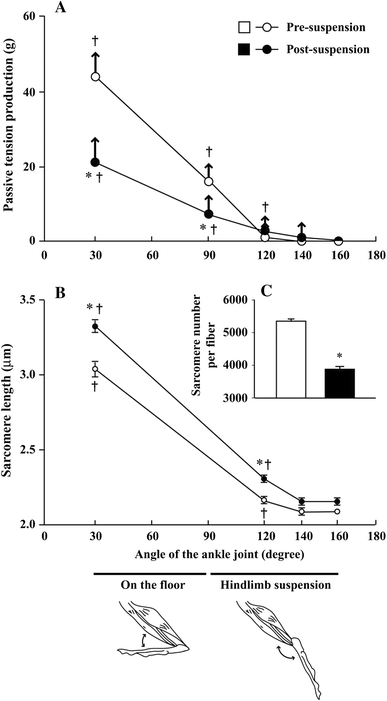
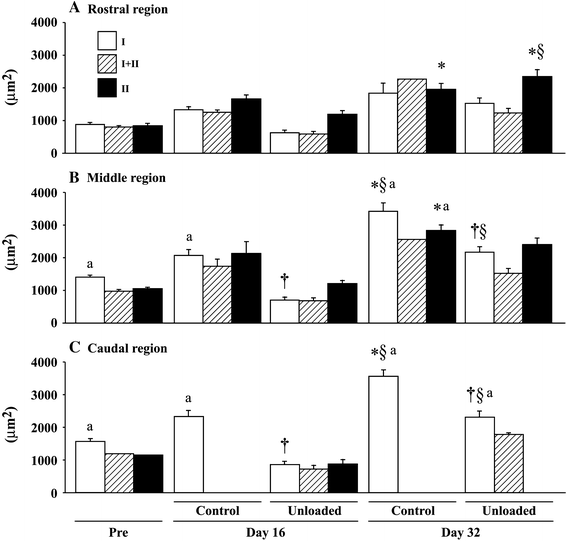
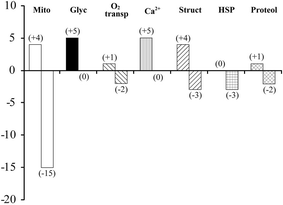
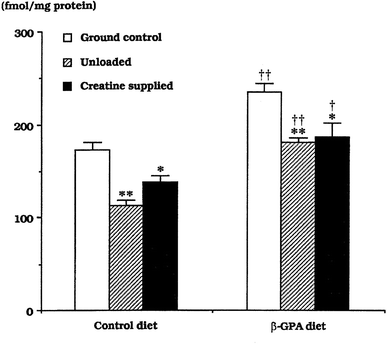

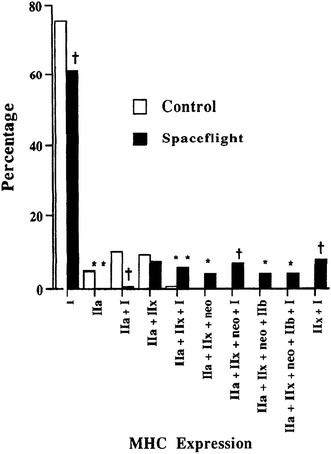
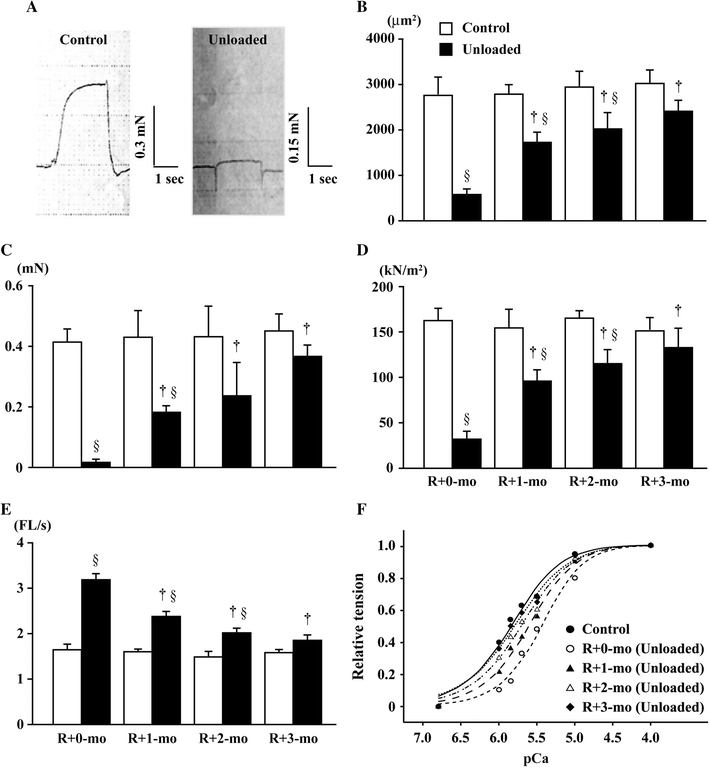

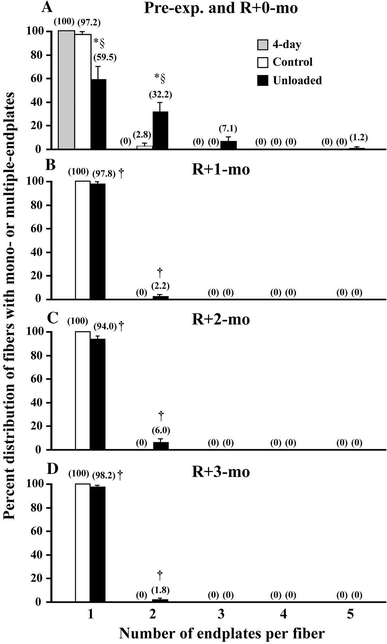
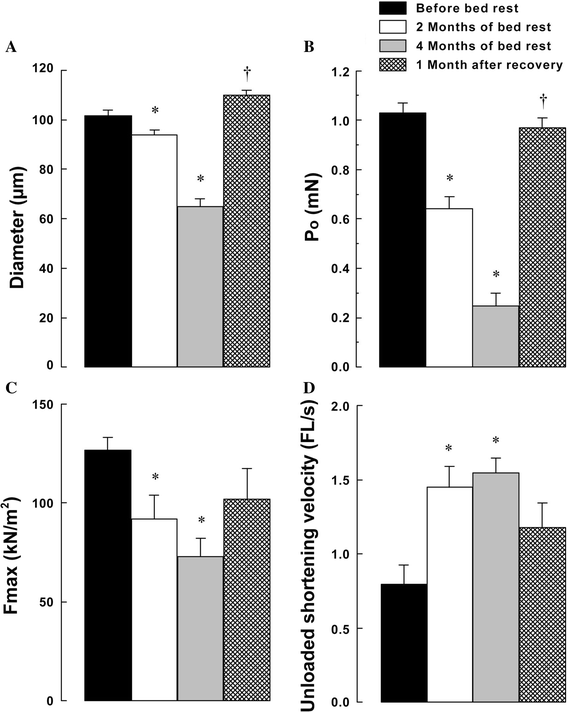
References
-
- Allen L, Yasui W, Tanaka T, Ohira Y, Nagaoka S, Sekiguchi C, Hinds WE, Roy RR, Edgerton VR. Myonuclear number and myosin heavy chain expression in rat soleus single muscle fibers after spaceflight. J Appl Physiol. 1996;81:145–151. - PubMed
-
- Caiozzo VJ, Baker MJ, Herrick RE, Tao M, Baldwin KM. Effects of spaceflight on skeletal muscle: mechanical properties and myosin isoform content of slow muscle. J Appl Physiol. 1994;76:1764–1773. - PubMed
-
- Edgerton VR, Roy RR (1996) Neuromuscular adaptations to actual and simulated spaceflight. In: Fregly MJ, Blatteis CM (eds) Handbook of physiology, Sect 4, Environmental physiology, III. The gravitational environment, Oxford University Press, New York, pp 721–763
-
- Martin TP, Edgerton VR, Grindland RE. Influence of spaceflight on rat skeletal muscle. J Appl Physiol. 1988;65:2318–2325. - PubMed
-
- Miu B, Martin TP, Roy RR, Oganov V, Ilyina-Kakueva E, Marini JF, Leger JJ, Bodine-Fowler SC, Edgerton VR. Metabolic and morphologic properties of single muscle fibers in the rat after spaceflight, Cosmos 1887. FASEB J. 1990;4:64–72. - PubMed
Publication types
MeSH terms
LinkOut - more resources
Full Text Sources

